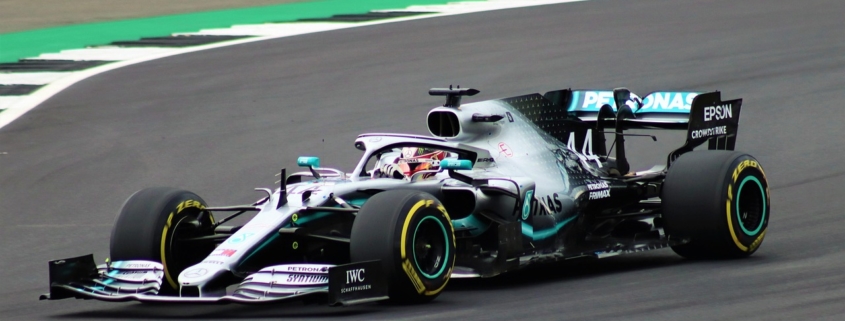How Aluminium Drove Automotive Innovation
As drivers, support teams and fans head for what is regarded as one of the fastest and most challenging circuits in F1, we look into how aluminium has driven automotive innovation.
British Grand Prix
Whether you are watching trackside or from the comfort of your sofa, this weekend’s qualifying rounds and Grand Prix races offer the ultimate in speed and sound. Who will be in pole position, and can Lewis Hamilton hold off Lando Morris and Oscar Piastri to achieve 10 British Grand Prix wins? The fast-paced excitement will play out over 52 laps of Silverstone.
Aluminium & Automotive Racing
In the early days of car racing, most vehicles were constructed from steel. This robust metal was suitably durable to cope with the demands of non-stop laps and bumps. However, the weight of steel limited the speed potential and vehicle handling.
The solution had been showcased at the 1899 Berlin Motor Show. The Durkopp sports car was the first car with a full aluminium body. At the time, aluminium was more expensive than, however, it was lighter weight and sufficiently resilient to withstand exposure to racing forces. Therefore, it was proved to be a viable alternative to steel.
Two years later, the first aluminium engine built by Karl Benz made its debut at a car racing event in Nice, France. In 1924, this advancement was embraced in the Bugatti Type 35. However, it took until the 1970s for Formula 1 cars to be primarily designed and constructed in aluminium. Lightweight and streamlined, this metal took the top spot for around a decade and contributed to drivers achieving increasingly higher speeds and performance.
The Legacy of Automotive Aluminium
In a lucrative industry, innovation continues at pace. McLaren was the first team to replace aluminium with carbon fibre, and now designers are exploring the potential of new materials, including graphene and ceramics.
However, many innovations in F1 filter down into automotive design. For a start, many iconic brands adopted aluminium in their designs. These included the:
- Lotus Elise 1996 model
- BMW Z8 Roadster
- Jaguar XJ Sedan
- Audi R8
- Ferrari F360 Modena
The legacy continues, even if racing cars may no longer feature aluminium. This metal is widely used in the chassis, body and components of vehicles on the road. In fact, the car on your driveway is likely to contain around 200kg of aluminium parts. Here is a selection of notable examples:
Range Rover
In 2012, the Range Rover Sport SVR model was switched from steel to aluminium. This materials upgrade resulted in the vehicle becoming 39% lighter, yet performance in safety tests was not compromised. In changing from steel to aluminium, the vehicle achieved higher fuel efficiency, along with improved acceleration, braking and handling. Meanwhile, carbon emissions were reduced.
Nissan
The latest European-made Qashqai model* features an aluminium alloy hood, front fenders and doors. Changing to these aluminium panels has made the model 60kg lighter to boost fuel efficiency and lower emissions. In preparation for this change, Nissan constructed an on-site aluminium recycling facility at the Sunderland plant for scrap aluminium. This investment helps to minimise waste and optimise sustainability.
Aston Martin
A government-funded research and development project is underway to explore the viability of using 100% recycled aluminium castings on Aston Martin cars. The majority of aluminium in use today is recycled. If this project can evidence the potential of recycled aluminium in vehicle design, it will boost the metal’s role in the future of the automotive industry.
Electric Vehicles
Aluminium is widely used as housing to enclose the batteries in electric and hybrid vehicles. The strong, yet light metal helps to offset some of the weight of the batteries. In addition, it is the metal of choice for other parts, including cooling plates and crash protection features.
Aluminium Extrusions for the Automotive Industry
We have worked on several projects that required aluminium extrusion for the automotive industry. Unfortunately, we can’t share many details. However, it makes us proud to have fabricated, powder coated and assembled aluminium parts for British-made models.

